A UNESCO World Heritage roadtrip through Denmark’s Riviera, North Sealand
Back in Denmark
It was a Sunday morning in August like no other. After waking up at the crack of dawn and after only a few hours of sleep, we drift into Copenhagen airport with minimal fuss. It always feels good to return to this part of the world. Maybe I have a sentimental attachment due to the fact I started my Interrail adventure here, back in 2012. I’ve been a frequent visitor to Copenhagen since. This trip was going to be slightly different. I was keen to see what lied beyond Copenhagen and stumbled across North Sealand. Idea was to spend a weekend- think beautiful coastal villages, fairytale castles, ancient hunting landscapes, elegant baroque gardens and 3 UNESCO World Heritage sites all wrapped into one trip. Instead of diving straight into the city, we’re hopping on the Metro to Norreport and then changing to a local suburban train that would take us into the wide expanse of coastline outside Copenhagen, an area called North Sealand, often glamorously referred to as the Danish Riviera because of its string of pearly white sandy beaches.
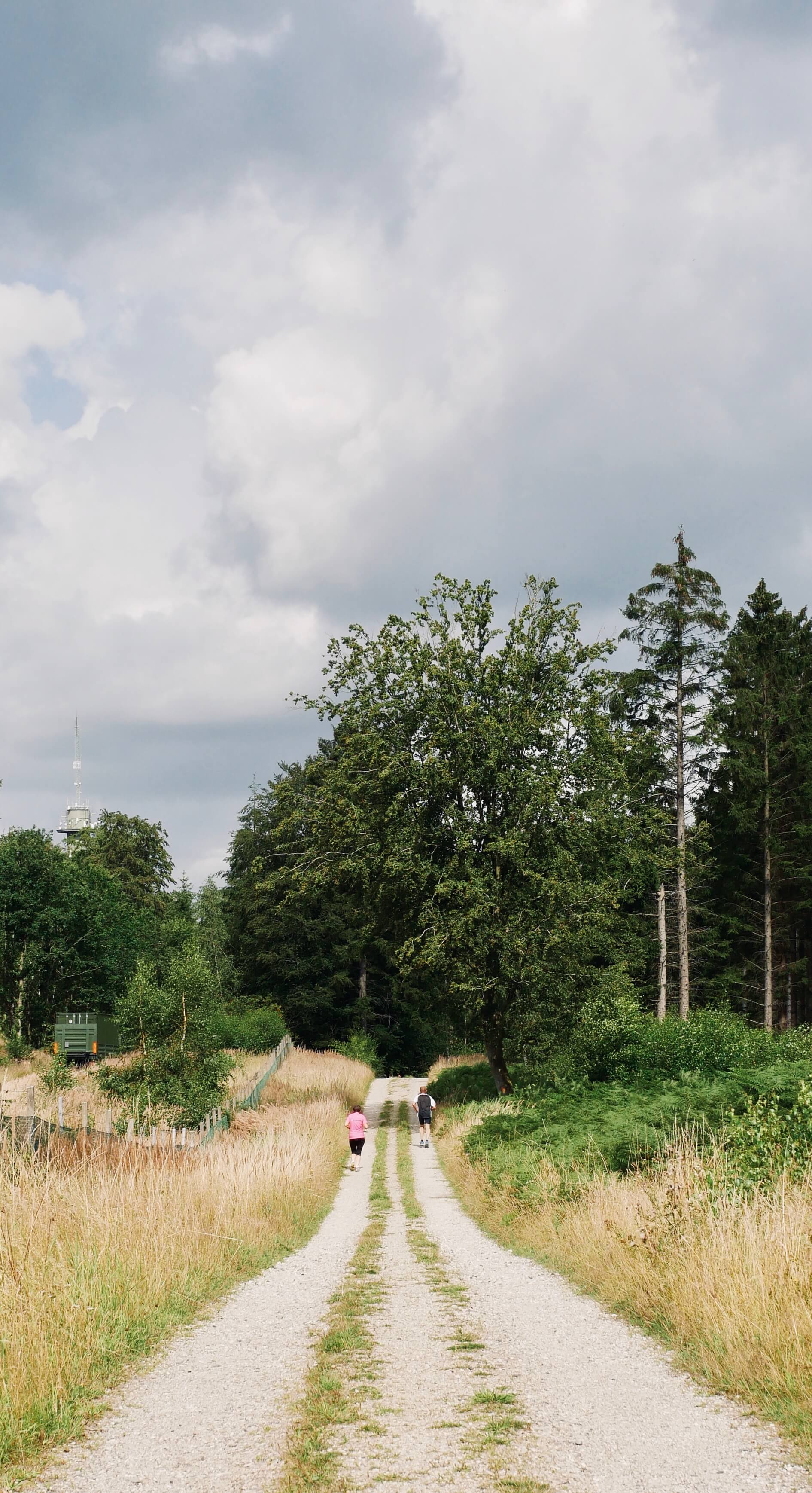
We arrive an hour later in the medieval town of Hillerød 30 kms north of Copenhagen.
Our foggy brains and ragged bodies, starved of sleep, conjure a way to miss our connecting train to Fredensborg. We have another 45 minutes to kill in the station. The station is under construction and resembles a bombsite. Outside the station, the town is pin drop silent – you can definitely feel it’s a Sunday. Still, the lifeline of all desperate times, the blessed 7-Eleven inside the train station was open. I love a 7-Eleven. 7 years ago when I arrived in CPH at the start of my interail trip around Europe, I exclusively survived 3 days living off a diet of microwavable pizzas, cheapest beer I could afford – cans of 3.5% Carlsberg beers, Wienerbrød and cheap filter coffee from 7-Eleven’s. Later, when travelling to Japan, 7-Eleven’s with their sushi rolls, Gyoza dumplings and Craft Coffee Boss ice coffees would be my go to place for comfort food. The older you grow, the more you find comfort in these small constants, these storehouses of convenience which are a timeline of the good and bad moments in your travelling life.
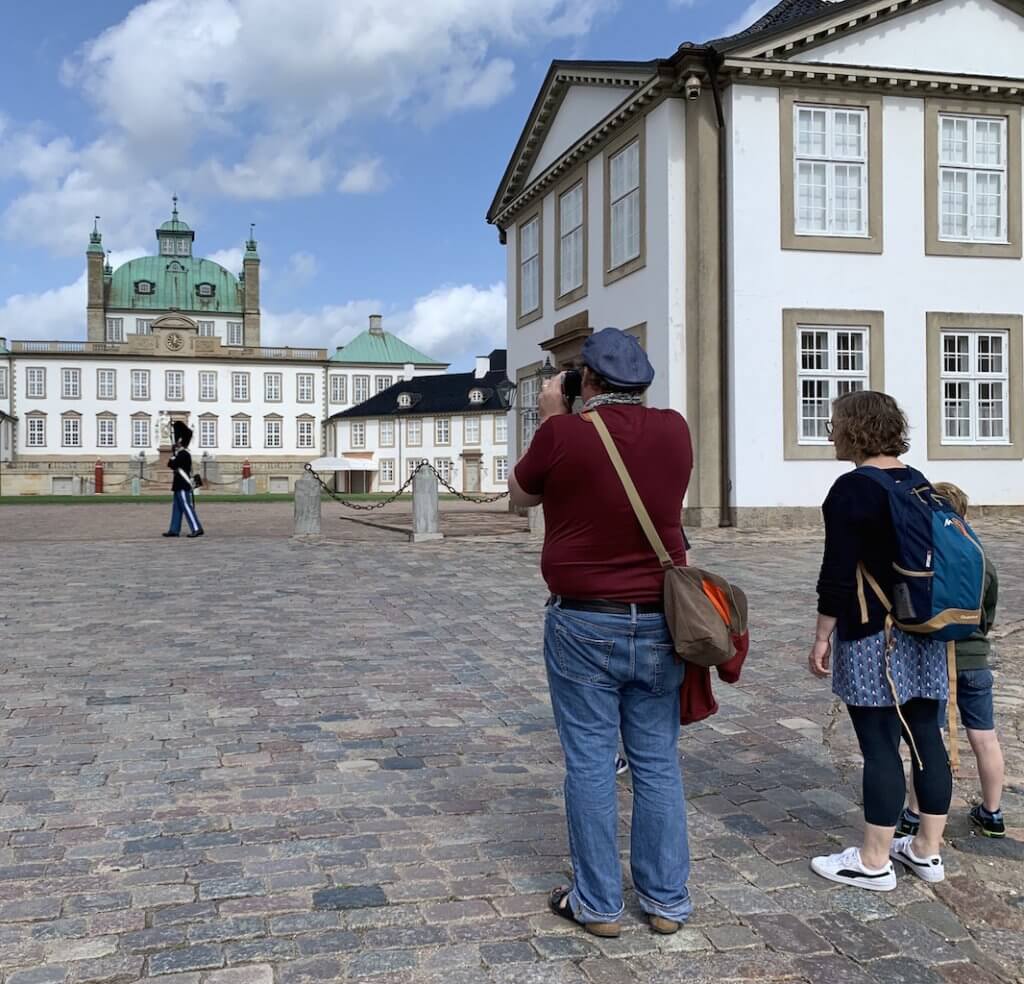
Fredensborg
After a nice large cup of filter coffee and my customary Wienerbrød, we board our train to Fredensborg, which would be our base for the next few days. It’s a sleepy little town by the beautiful Lake Esrum.
There’s nothing much to occupy you here other than the not so small issue that it is home to the Queen and King of Denmark – the stunning Fredensborg Palace, often referred to as Denmark’s Versailles. The other not so small fact was that we were going to be neighbours of the Queen and King for the next 2 nights, staying at the Fredensborg Vandrerhjem hostel.
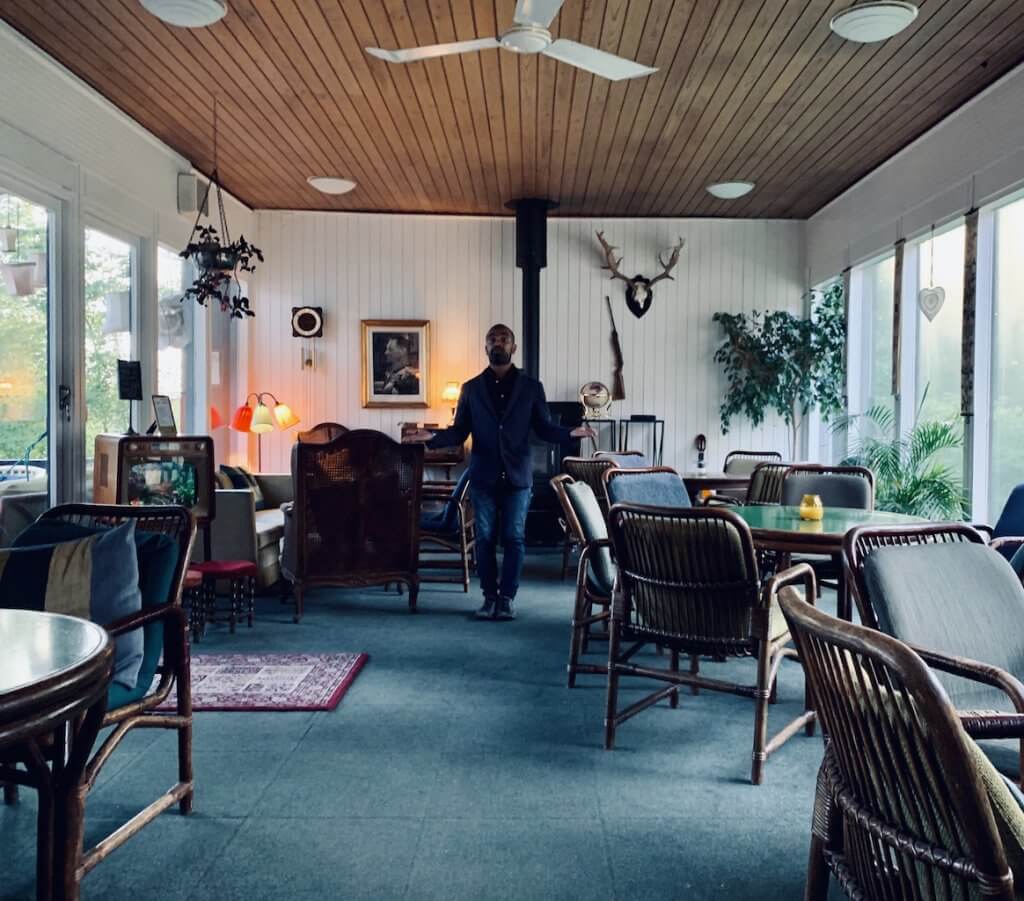
It’s quite cosy with a very ‘hyggelig’ lounge, beautiful antique and recycled furniture and a fireplace to warm yourself at night. You can enjoy your coffee or beer in the evening sun on their terrace or enjoy a long walk in their extensive gardens, which is adjacent to the palace. Apparently, the Queen often passes through the hostel on the odd evening. Our room, facing onto the King’s backyard is simple but comfortable with an ensuite bathroom.
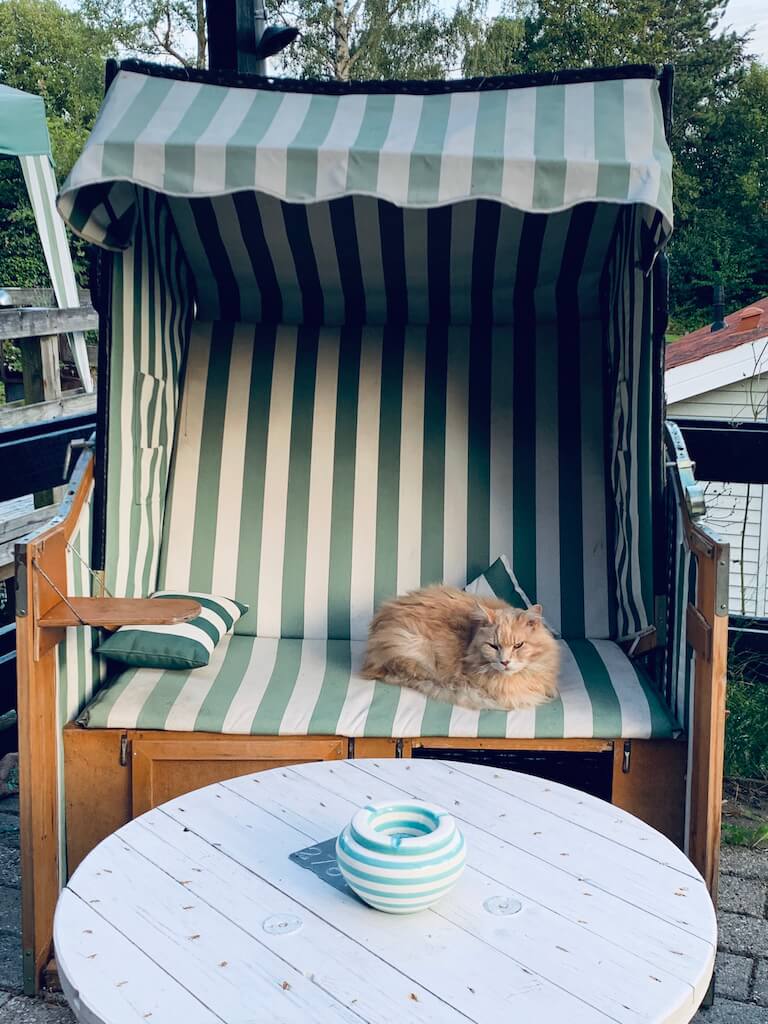
After a lovely welcome and chat with the friendly owners – Charlotte and Anders (also briefly playing with their beautiful cat, Xavi) we finally went for a little stroll in our ‘backyard’ to checkout the grounds of our royal neighbours. With the Queen and King in residence, we could not visit the castle but were free to roam the beautifully manicured 250 year old gardens which is a nice mix of Baroque-Romanticism influences. One of the unique features that catches your eye here is the beautiful ‘The Valley of the Norsemen’ – a collection of 70 sculptures of Norwegian and Faroese farmers and fishermen that were created by a Norwegian post driver called Jørgen Christensen Garnaas.
Essential facts: The palace garden is open all year round. Guided tours of the Palace, the Orangery, the herb garden and church run from from July and August (check the palace website ahead for dates and times).
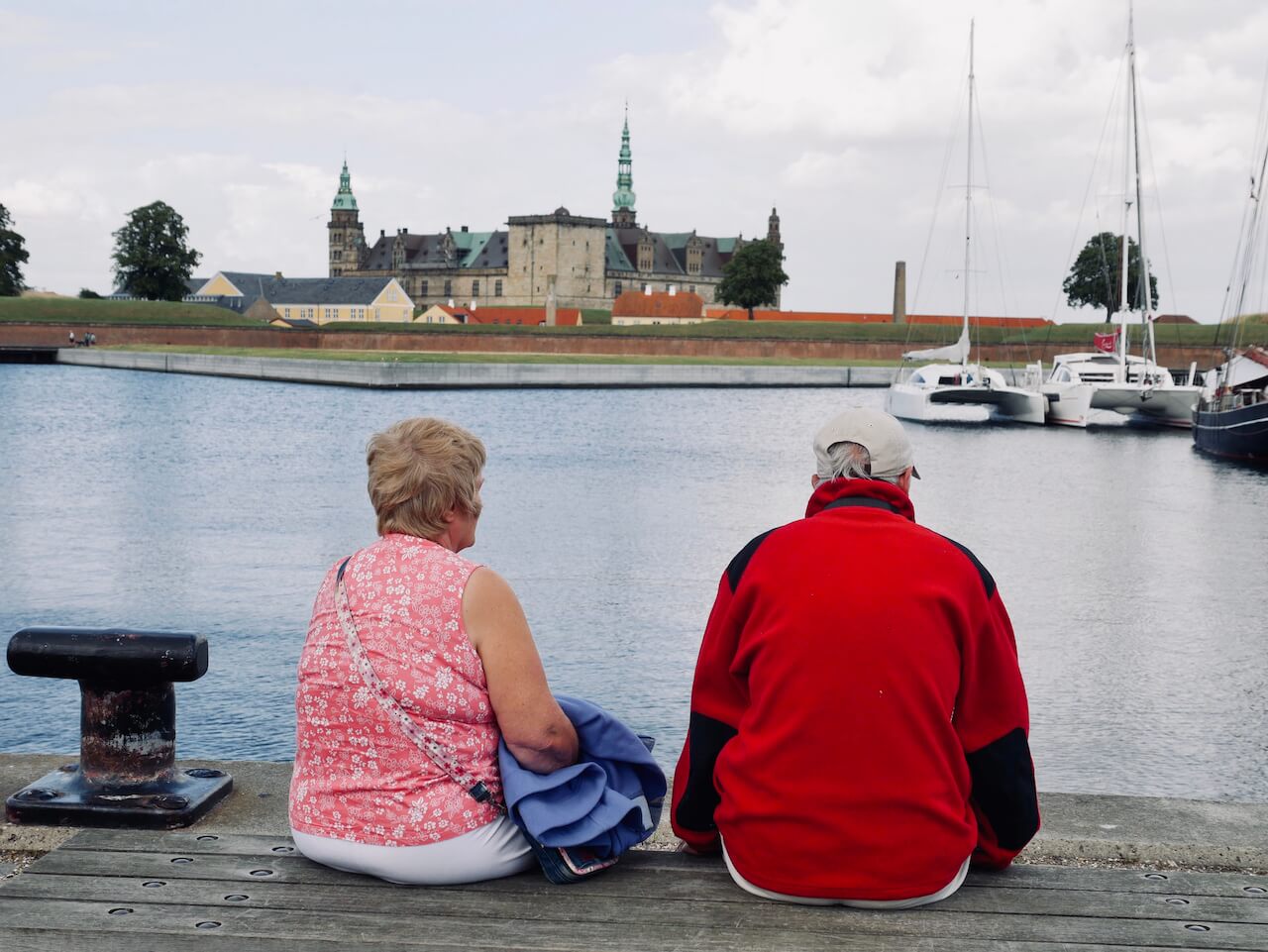
Kronborg Castle
Afterwards, we hop on the train to the eastern fringe of North Sealand – the port city of Helsingør where we discover the UNESCO World Heritage listed Kronborg Castle, the fictional home of Shakespeare’s Hamlet
Steady drizzle forces us to take cover in one of the many beautiful cobbled alleyways of the city. Suddenly in the passing mist of rain we found ourselves surrounded by beautiful half timbered medieval houses and ancient inscription in German which probably dates back to the time when Helsingør was part of the Hanseatic league. You can see the Hanseatic influencer in many of the buildings while walking through the old town. The fortress and castle, which dominates the city stands regal against the backdrop of the Sound of Sweden, the narrow strait that stands between Denmark and Sweden. I definitely recommend a tour of the Castle. If you’re lucky to be visiting the Castle between July 1st and August 31st, you’ll be able to catch the live performance of Hamlet during the day as the characters move around the Castle. Every famous scene—from Hamlet meeting the ghost of his father; to killing his uncle, Claudius; and dying of poisoning with his mother—is enacted inside the castle, as the play moves off the stage and around the site. The performance of the play is part of a longstanding tradition since 1937.
After visiting the Castle, we spend some time viewing the harbour. The sky had cleared by this point and in the distance we could see Sweden. There is the constant ebb and flow of car ferries crossing the Sound of Sweden that stands between the port cities of Helsingør and Helsingborg: with more than 70 departures in each direction every day, it is apparently the busiest car ferry line in the world.
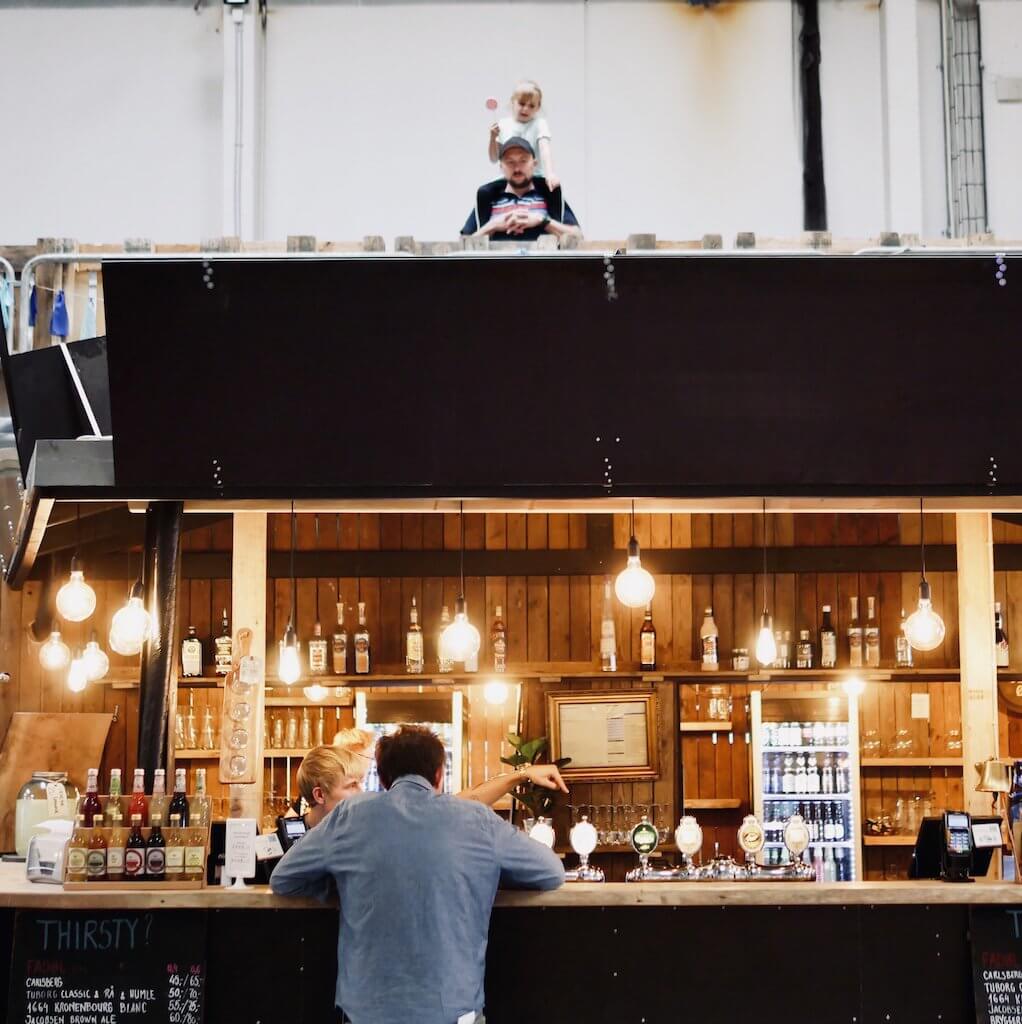
We stop by at the popular Elsinore Street Food Market. Sabrina has a pretty decent bowl of ramen while I have the misfortune of ordering a not so great curry – on hindsight I should have ordered the fish and chips instead.
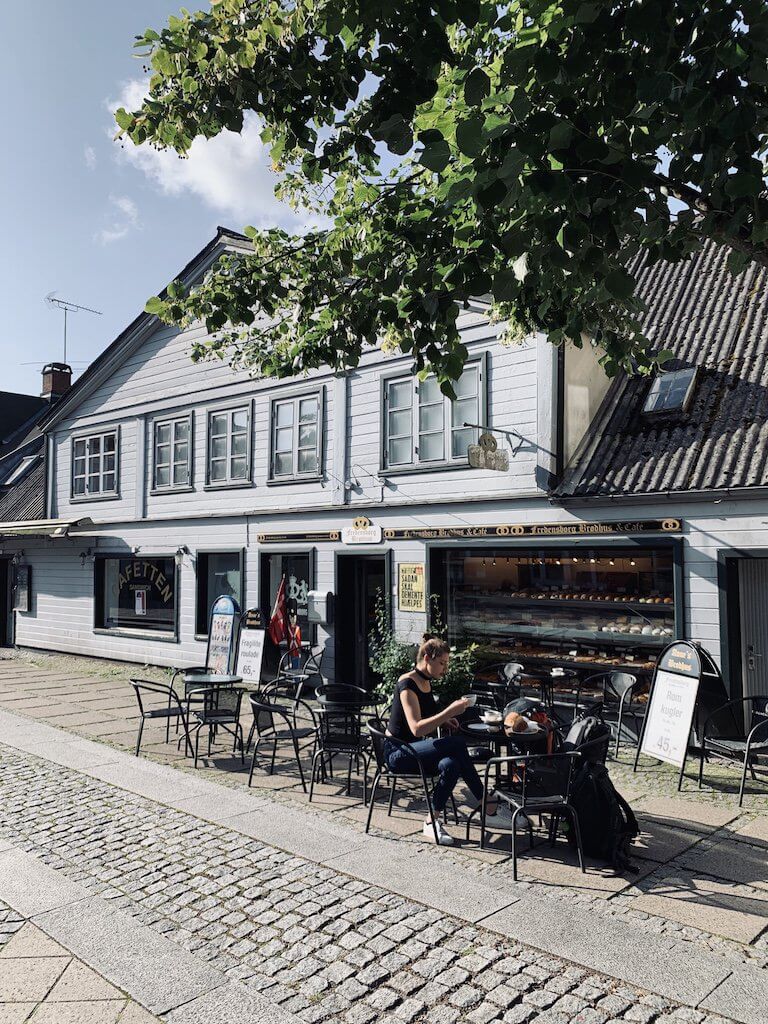
The following morning, we start the day with breakfast at the local Fredensborg Brodhus and Cafe, which has been satisfying the sweet tooth of locals for almost the past century.
There’s a lot of unfamiliar looking pastries which I’ve never come across so I ask the baker for some tips on what to choose. She recommended we try the most Danish of all pastries: the Tebirkes. It is basically a Danish with a sweet filling and lots of poppy seeds on top. This was fantastic -we loved it. We then discover some more local specialities like Danish Rum Balls – Romkugler and Sukker Kringle which is basically a cookie locals savour during Christmas and made in the traditional kringle shape. Great coffee too – really recommend you start your day here.
Par Force Hunting Landscape
‘It’s a place with lots of nature, calm, forests, sea and a lot of history. You’ll learn here about the history of the some of the most influential and forward thinking kings of Denmark, where they lived, how they lived in these beautiful undulating wild landscapes like the Par Force Hunting Landscape. Visiting the landscapes like the Par Force are kind of like a time capsule where you can decode the story of how these people ruled, through often very brutal and savage methods which are also fascinating because they were also applying the most recent advances in geometry and mathematics. It celebrates the beginning of a golden era where scientific ideas were beginning to exert their influence on the ambitions of rulers across Denmark and Europe.’
Ole Lass Jensen
Ole Lass Jensen, director of Museum Nordsjælland North Sealand’s regional museum was kind enough to meet us and give us a walking tour of the Par Force Hunting Landscape. A UNESCO World Heritage Site, the Par Force Hunting Landscape is formed by three forests: Gribskov and Great Deer Park, which are just outside Hillerød and Jægersborg Deer Park is close to Lyngby. On this trip we started off with visiting the Great Deer Park aka Store Dyrehave and later Gribskov. It is ideal to hire a bike for the day visiting both locations given the lack of public transport access.
Entering into the invisible green walls of the dense forest, I feel the tiredness of the previous day of travel wear away. Connecting with nature always feels grounding. My thoughts drift, the deeper we retreat into the forest- it feels great to be enveloped in nature. We’re ambling along at a gentle pace on a straight road. A long straight road blurring into infinity. No twists, no turns. We walk for almost 4.5 kms before the road reaches an unexpected conclusion. We converge with several other roads joined together in the form of a star.
They called this the King’s Star. This was the heart of what is now known as the Par Force Hunting Landscape, a unique landscape that was originally inspired by the French system for hunting animals by par force – by force. Created more than 300 years ago by the Danish monarchy, the Par Force was a magnificently staged hunt in a landscape befitting the hunt and its unique natural landscape. You have to remember that the area of North Zealand in which we were standing must have been pretty wild and inhospitable back in the late 17th century, a vast green undulating land formed by the movement of glaciers at the end of the ice age. It must have been a challenge to tame this wild green landscape (whoever told you Denmark was flat ..) and create this unique geometric patterns of roads.
The star with its numbered roads was created to facilitate ease of access for the King and his audience to follow the dramatic hunt. The unique geometry of the several straight lines converging in the star shaped centre meant the hunted would run for miles on end till utter exhaustion would allow the hunting party which involved often the king and guests to claim their kill with relative ease.
The unique Par Force hunting scheme was brutal, a deliberate staging where the king was able to prove his absolute power, over nature itself and also his people. It was designed for pleasure but also to intimidate. Its hard to imagine something so brutal, savage happening in such a calm, verdant landscape. My eyes follow the lines in their hypnotic orthogonal pattern and for a moment I can almost hear the blaring of the horns that were used to mark the different stages of the hunt. Then my ears return to the deafening sound of silence, which is only broken by the occasional passage of people. Those long straight roads stretching into infinity are now patrolled by kids and parents on bikes, the odd hiker powering through, occasional jogger and we even spot a pair of wild mushroom hunters.
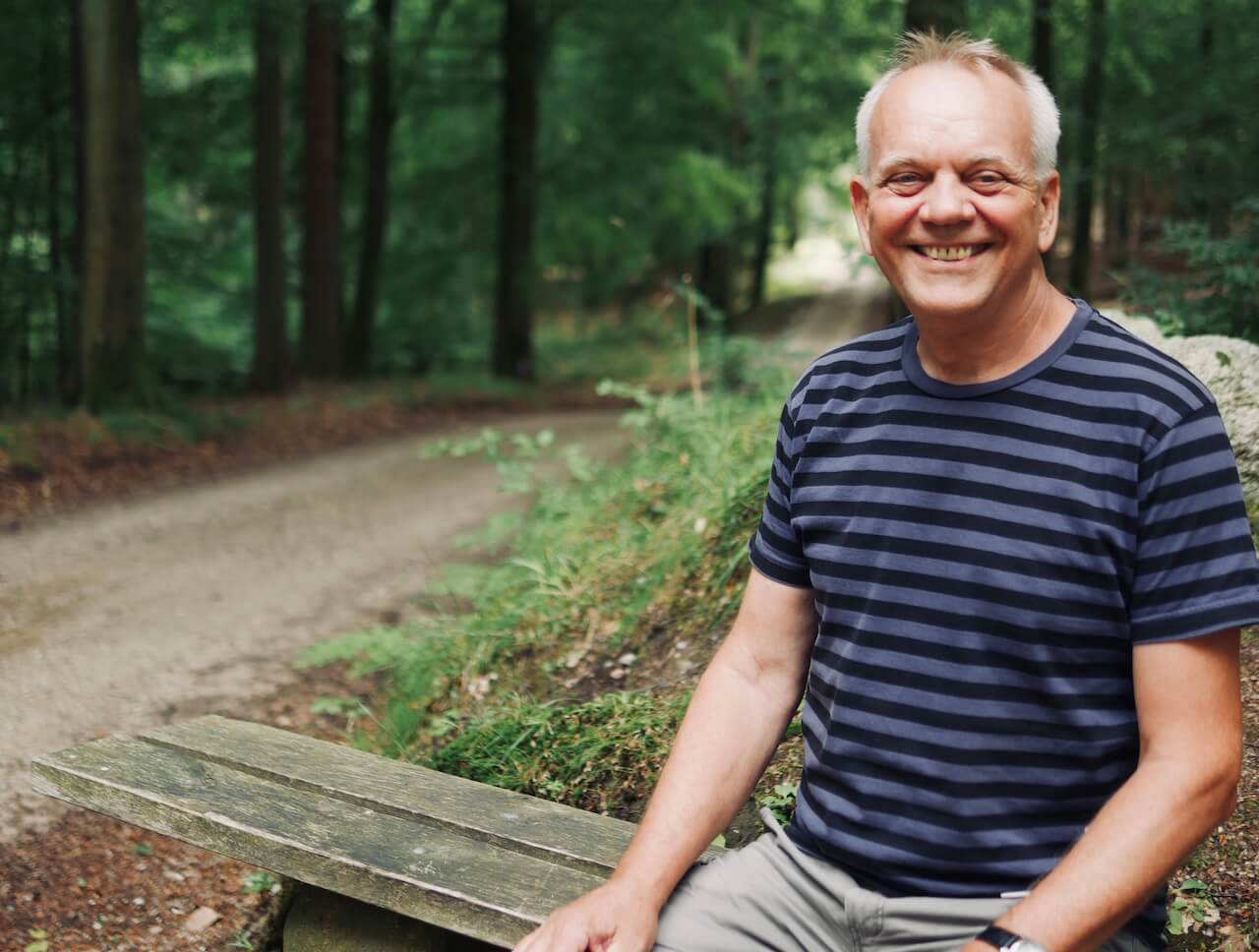
Even though Par Force hunting was abolished in 1777 in Denmark, the site is a reminder of the unique cultural heritage of Denmark and how much the country has changed. Many would think that in Denmark and Europe the return of par force hunting is as unthinkable as Absolutism. However, we do live in strange times where we are seeing the worrying rise of populists who engage in absolutism across Europe and the rest of the world. The disparity between now and the times and ideals of the Par Force Hunting era may seem huge but maybe we’re not that far apart as we’d like to think.
If you have the time, I definitely recommend also visiting Gribskov Forest, which similar to Great Deer Park has star patterned hunting paths. We took our bikes and it was an almighty challenge biking up and down the undulating hunting paths to reach the star – as I mentioned before, whoever told you Denmark was flat as a pancake was lying. If you have more time, definitely explore the nearby Esrum Lake and visit the quaint lakeside cafe of Fændrikhus.
(PS – You can also kayak your way to the cafe across the lake from our base Fredensborg.)
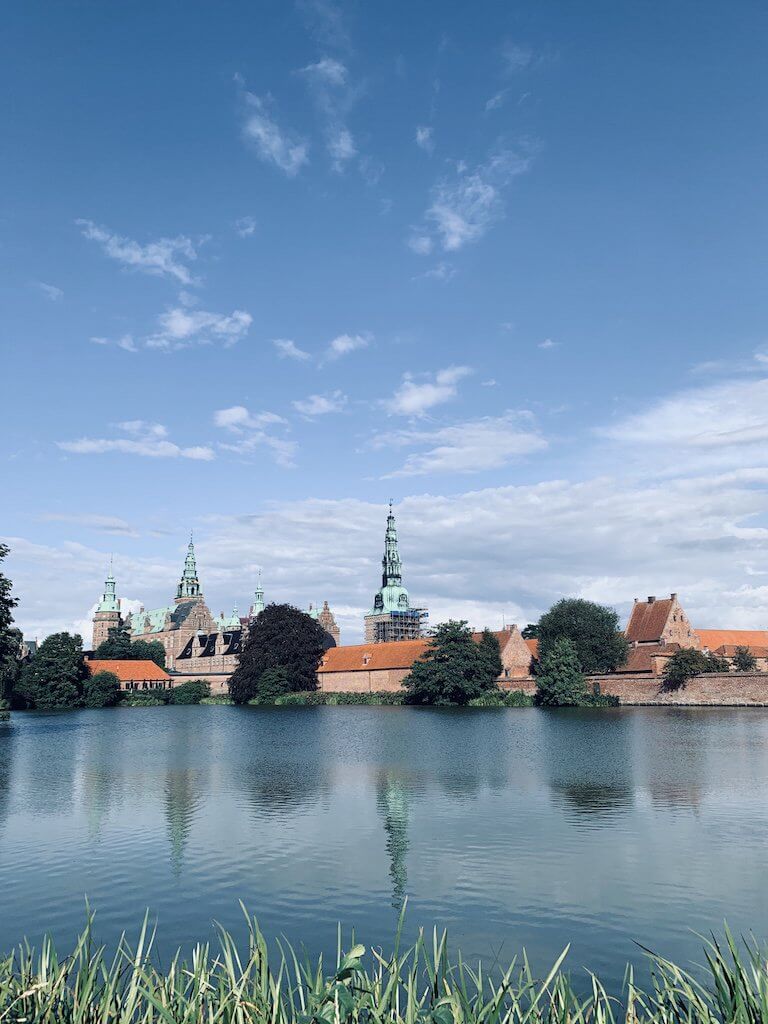
Hillerød and Frederiksborg Castle
Afterwards we head back to where we had started our trip to Hillerød.
Pains me to say this but we were not too impressed with lunch options in Hillerød. The place I had my heart set on visiting was a cafe/restaurant Kaffebar, which was closed so we wandered around and found a few limited options for lunch. We ended up in Cafe Valentin which was nothing special in terms of food and also the service. However, the one thing that redeemed our less than average lunch was visiting Giovanni’s for his amazing gelato. He makes the gelato according to traditional Italian recipes and I would highly recommend his slightly sweet liquorice as well as his dark chocolate gelato. I honestly would come back to Hillerød just to try his ice cream. Giovanni was also an awesome guy- we had a good chat about gelato, sad state of Italian politics, his home area of Lago di Garda and then finished off with talking about the best places to travel in SE Asia during winter.
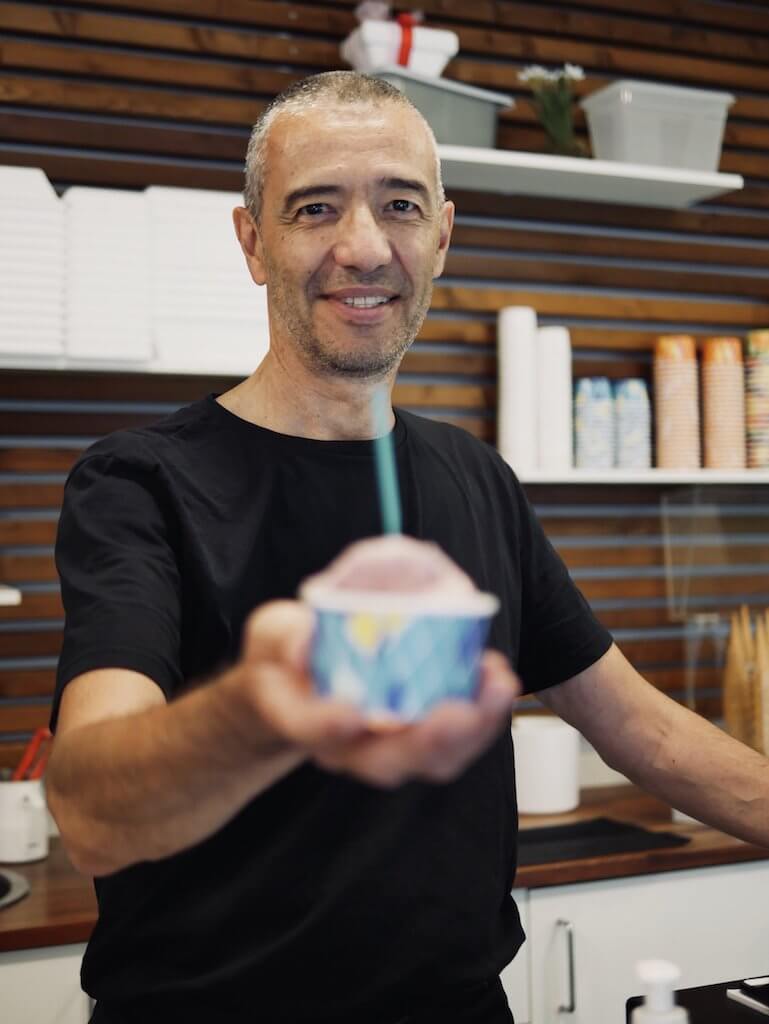
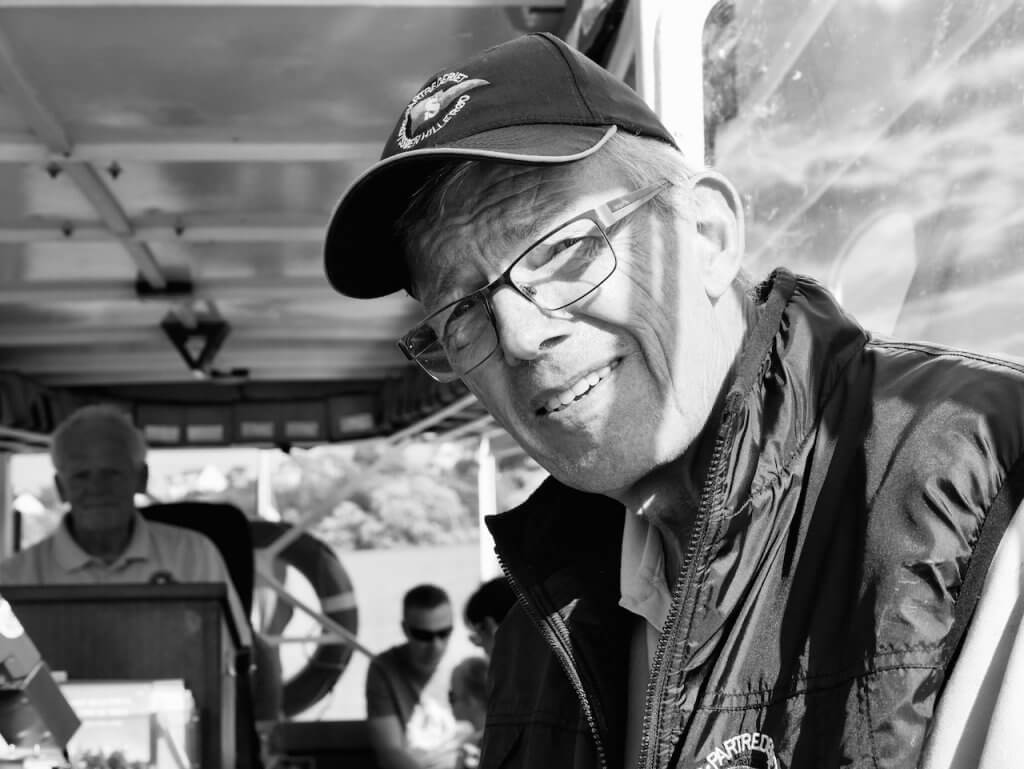
‘ We will sail here till we are 80! I love the area, observing the nature, being on the boat and of course spending time with all my friends with whom we run this boat. It is a great way to spend an afternoon meeting people from all over the world.’
Fleming Jorgensen. ( Aged 70 )
We head to the grand finale of our epic trilogy of Castles and Palaces of North Sealand: the beautiful Frederiksborg Castle which was built by the Danish King Christian IV in the 1600’s. Nowadays, the Castle besides drawing in visitors, thanks to its breaktaking lavish interiors also houses the Museum of National History, which was established by the brewer J.C. Jacobsen who you might know was the founder of the world-famous Carlsberg Breweries.
Two things that caught my eye during my brief visit to the castle was the stunning Neptune Fountain found in the courtyard- this is a replica of the 1888 original which was plundered by the Swedes and now sits in Drottningholm Palace in Sweden, which we visited later in the week.
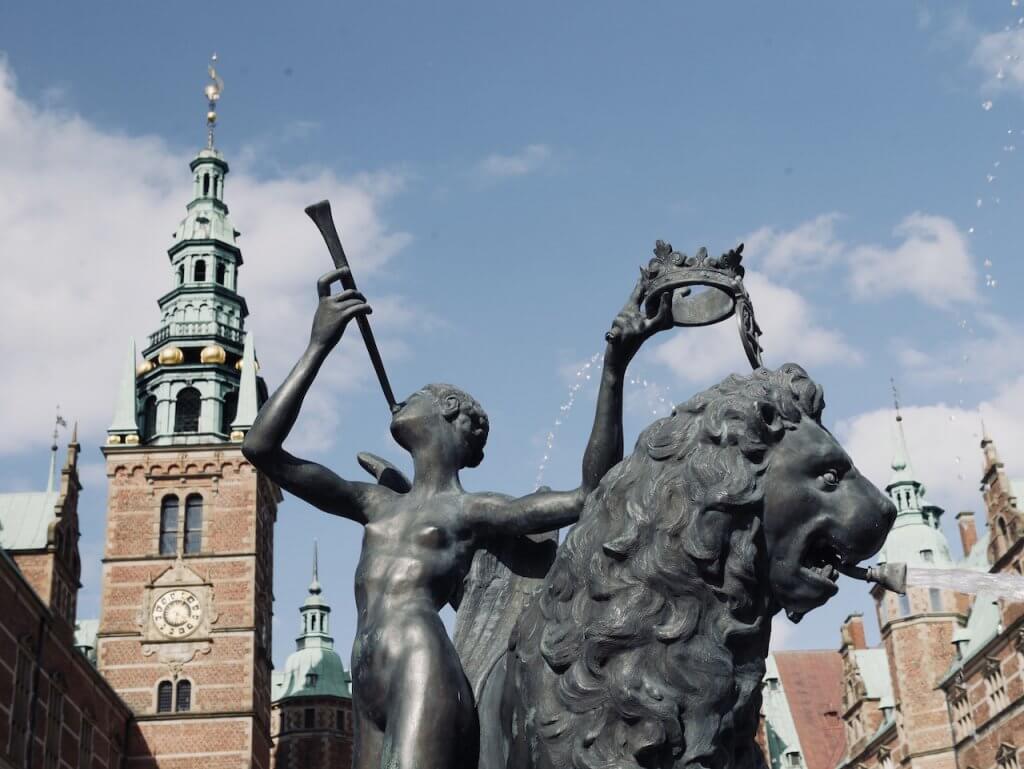
The other breathtaking aspect of the castle were the immaculately maintained gardens and the huge lake, which for me were even more impressive than the castle itself. I would highly recommend going for a ride on the boat across the castle lake. Run entirely with the help of local volunteers who have retired, their passion and enthusiasm for the area and the boat itself was infectious.
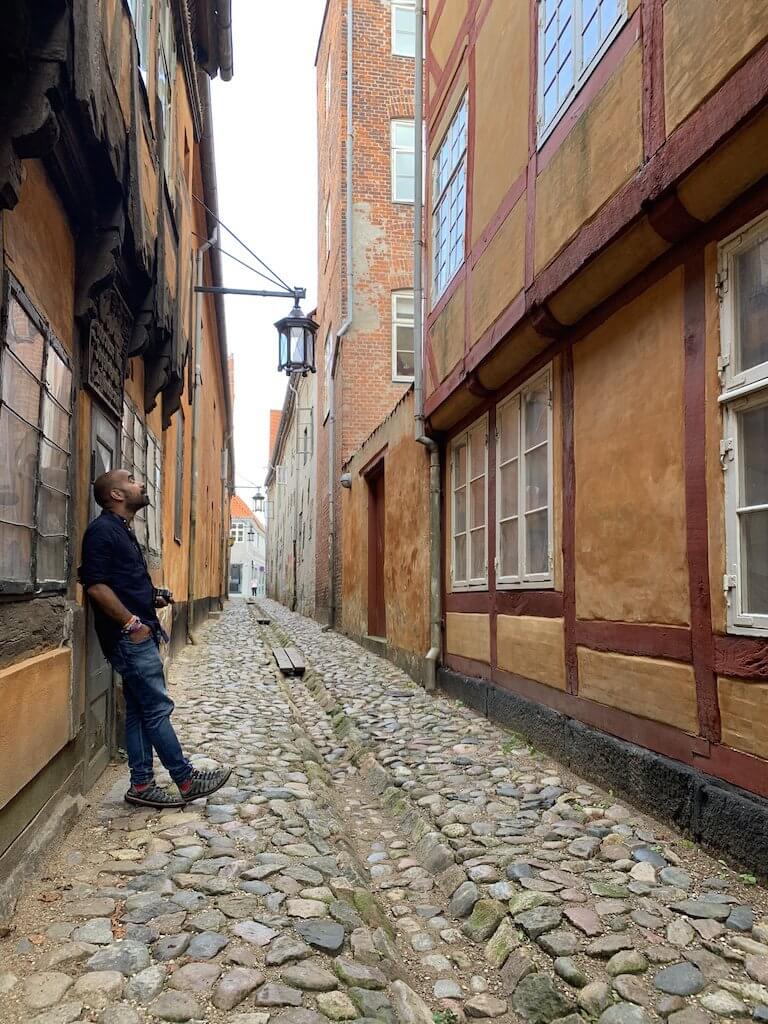
Epilogue
When I look back at this trip, I will definitely remember the faces of all the people we met on this short trip.
Fleming Jorgensen, Giovanni, Ole, Charlotte and Anders from Fredensborg -in a short period of time we really connected to the area thanks to the passion and infectious love for the history and heritage of the area. Once these guys move on, who will remember the past, the lessons learnt and pass it onto our next generations?
I visited North Sealand and the Par Force Hunting Landscape as part of a new storytelling project with UNESCO and the new World Heritage Journeys of the European Union project. This project implemented with the support of the European Union in partnership with National Geographic brings together 34 World Heritage sites through four different thematic itineraries: Royal Europe, Ancient Europe, Underground Europe and Romantic Europe. For more details and plan your own UNESCO World Heritage adventure, hop over to the Unesco World Heritage Journeys of Europe website. Big thank you to UNESCO for bringing me to North Sealand and also a huge thank you to the team at Visit North Sealand . For more information about North Sealand visit www.visitnorthsealand.com
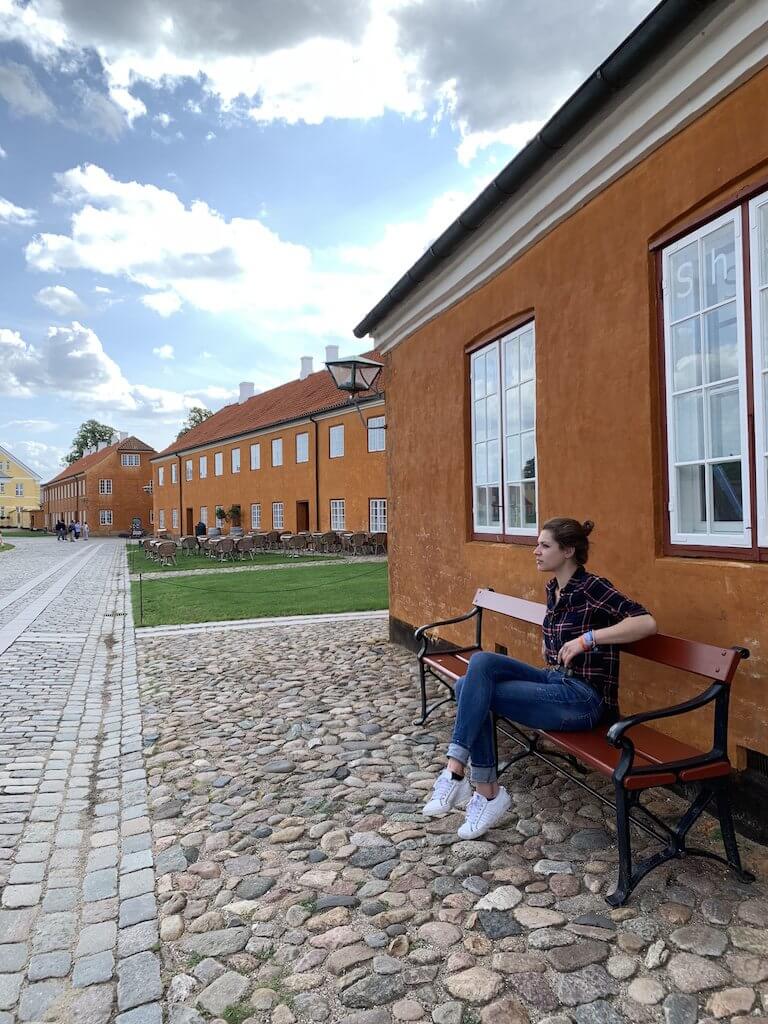
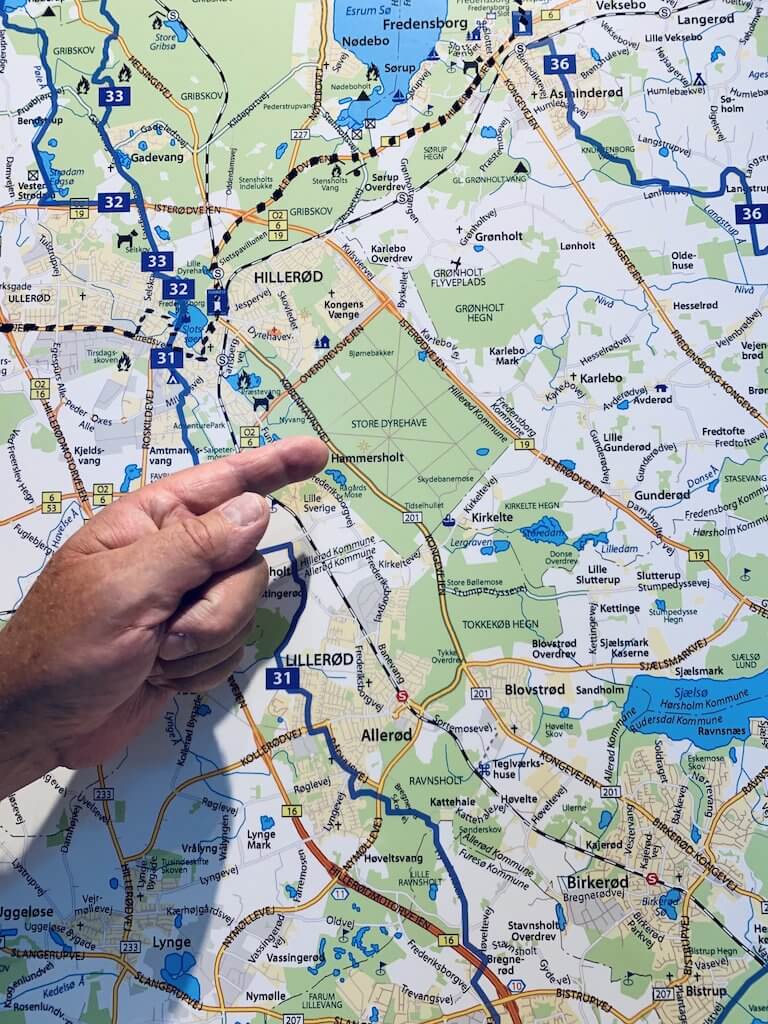
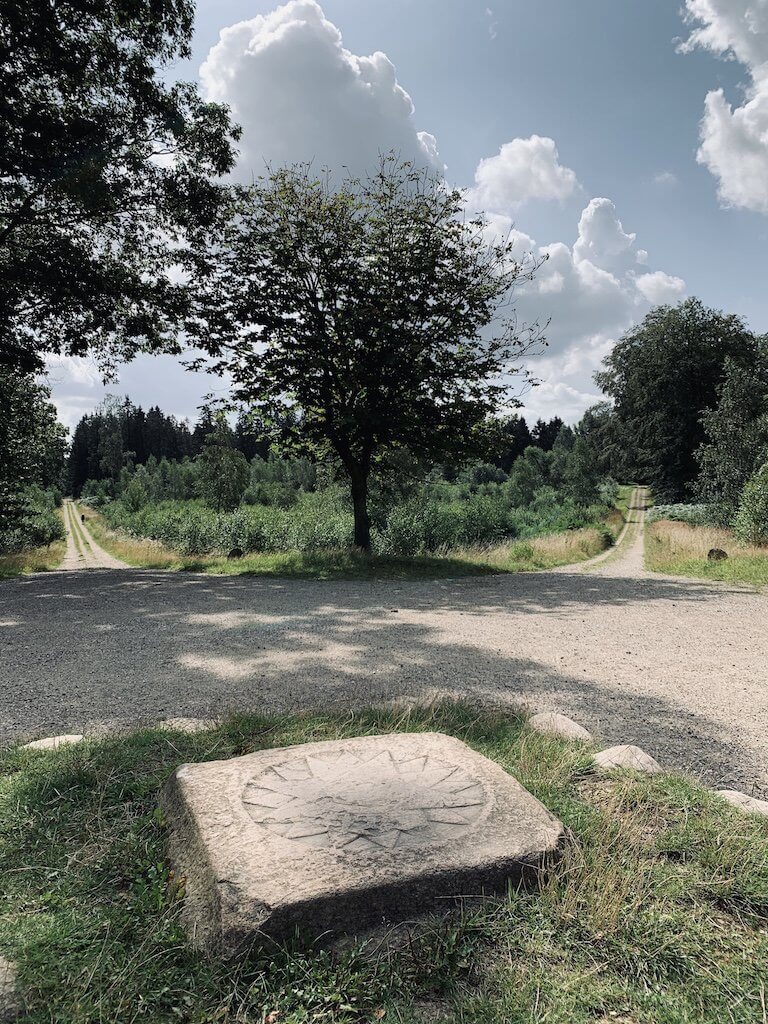
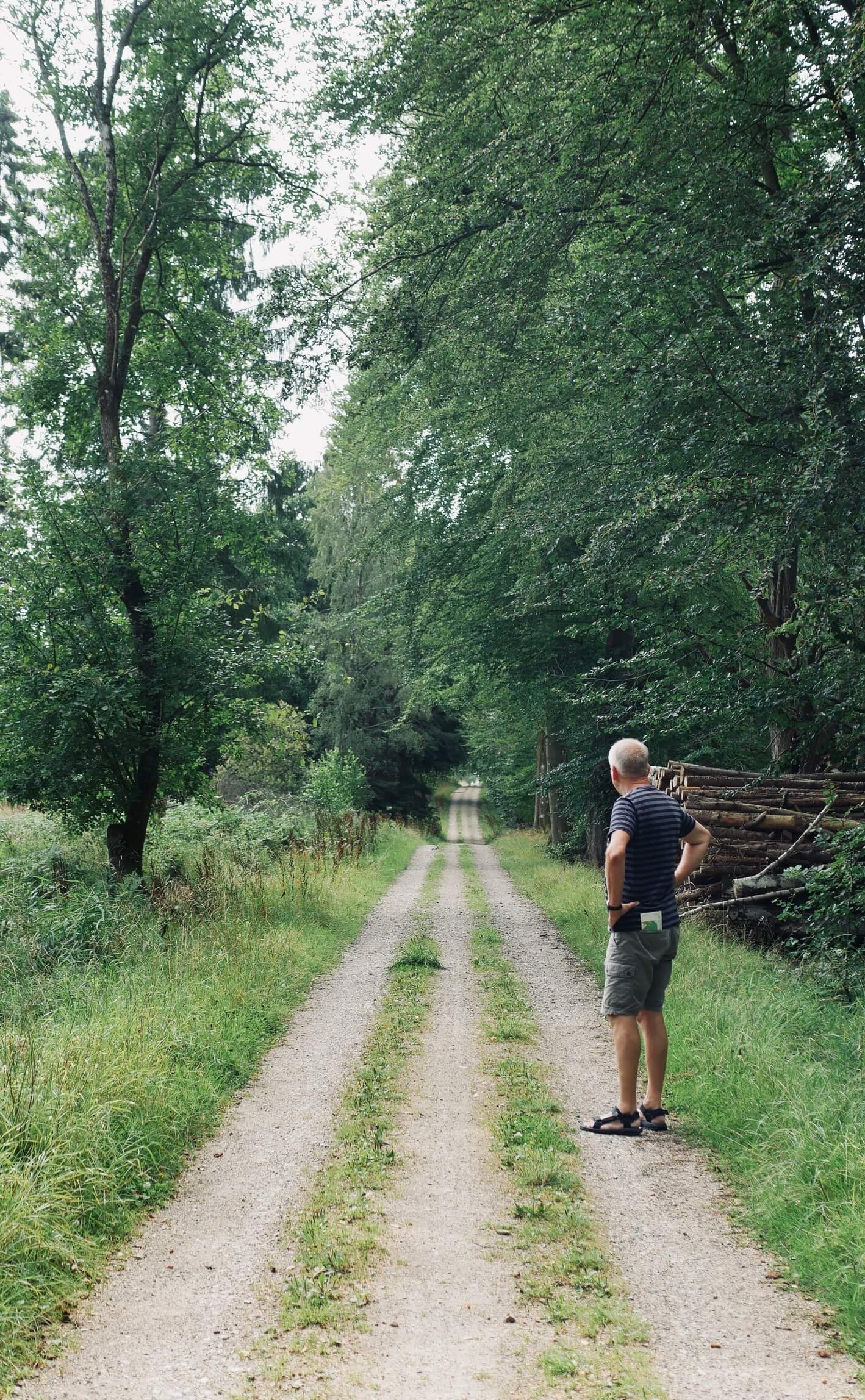
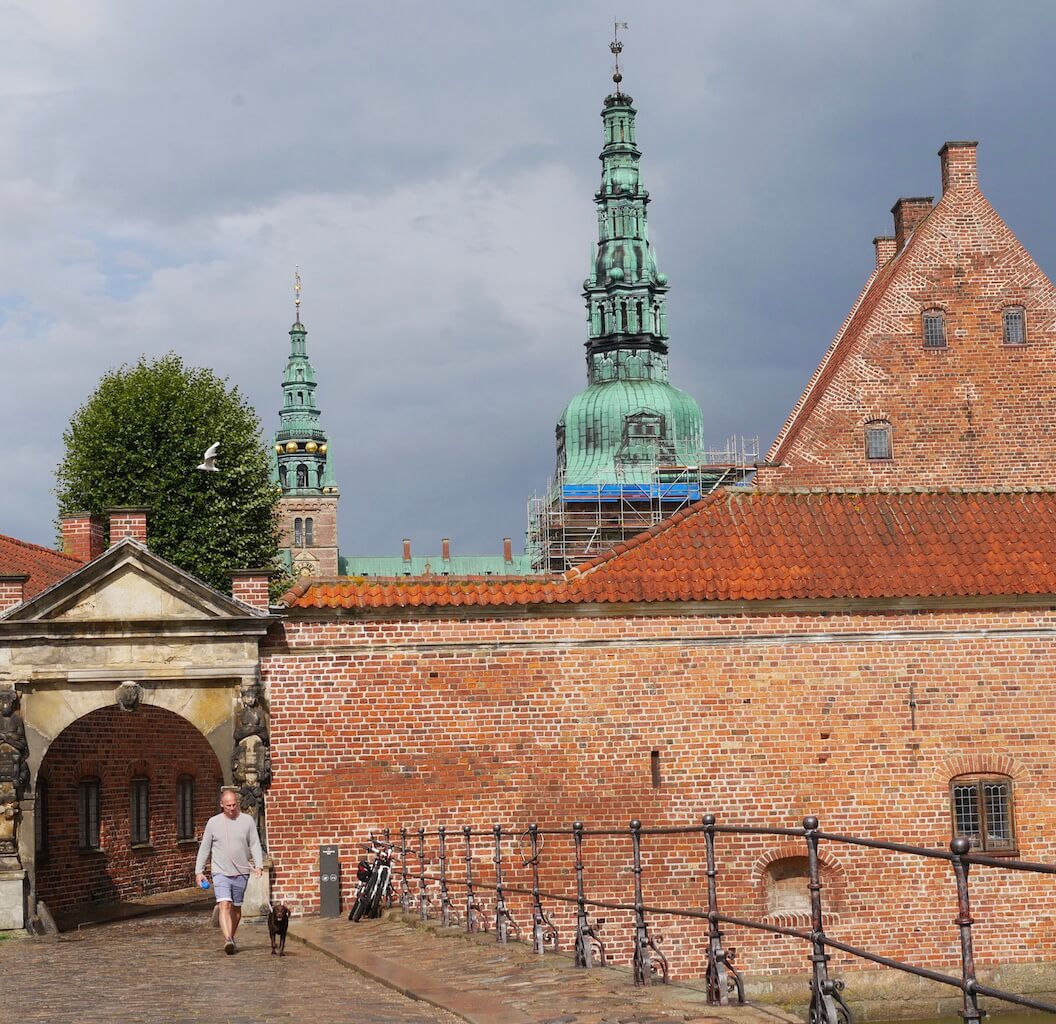
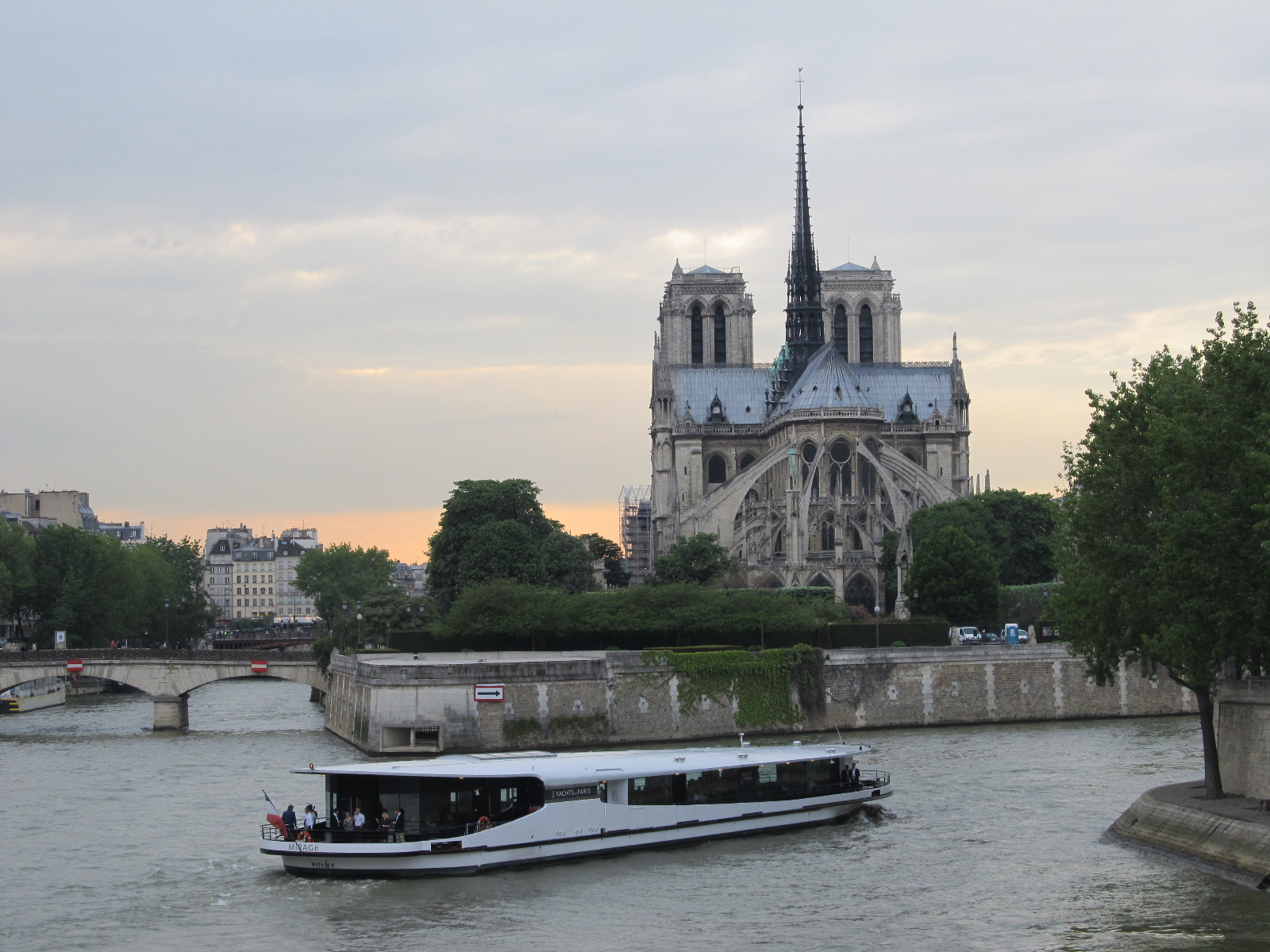
Wow! I really enjoy reading stuffs like these. Keep sharing. Cheers!